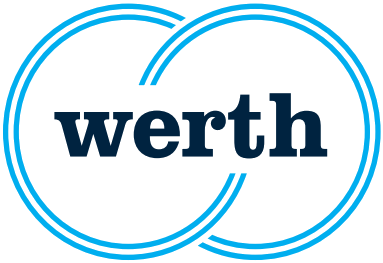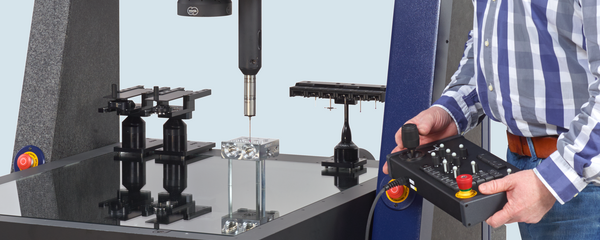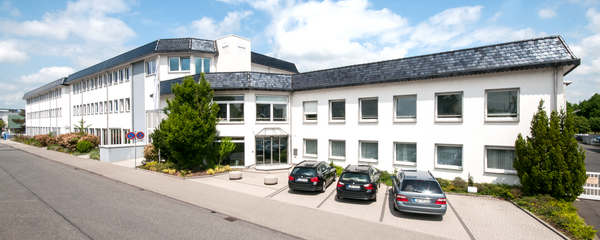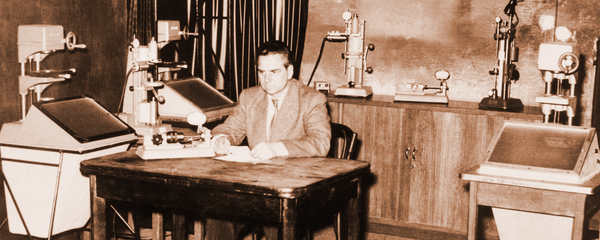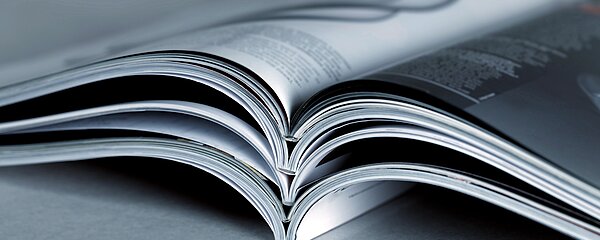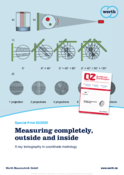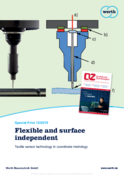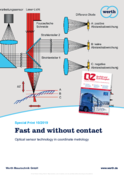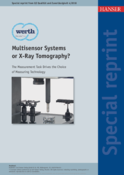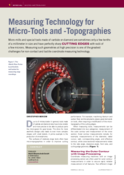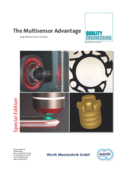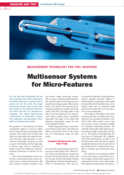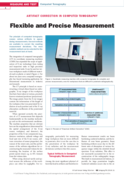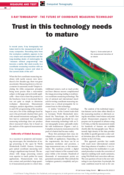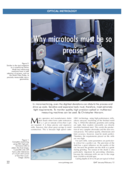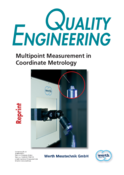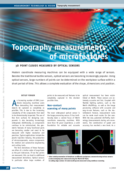Accumulated knowledge based on decades of experience with optics, stylus, computed tomography and multi-sensor systems supports users in the successful use of their coordinate measuring machines for flexible, safe and traceable 3D measurements according to international standards.
-
Applications
- 3D free-form workpieces
- Extruded workpieces
- Moulds
- Semiconductor workpieces
- Lithographic structures
- Metal-plastic composite workpieces
- Prismatic workpieces
- Stamped and bent parts
- Packaging
- Shaft-hub connections
- Shafts and axles
- Workpieces with micro-features
- Workpieces with optical functional surfaces
- Tools with geometrically defined cutting edges
- Tools with geometrically undefined cutting edges
- Gears
- Cylindrical workpieces
- Industries
- Products
- Service
- About Werth
- Careers
- Foundation
- Publications
- Downloads
